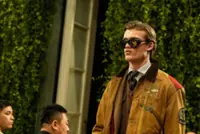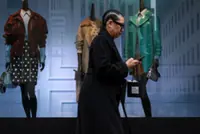Couturier Adnan Akbar's past clients included Princess Diana and two French first ladies. Photo: Instagram/Adnan Akbar
Couturier Adnan Akbar's past clients included Princess Diana and two French first ladies, but until recently he had never staged a major fashion show in his native Saudi Arabia.
The 74-year-old, dubbed the "Saint Laurent of the Middle East", was among the most decorated designers at this year's inaugural Riyadh Fashion Week, a milestone in a country that used to require women to wear hijab headscarves and abaya robes in public.
Already a subscriber? Log in
Save 30% OFF The Star Digital Access
Cancel anytime. Ad-free. Unlimited access with perks.





